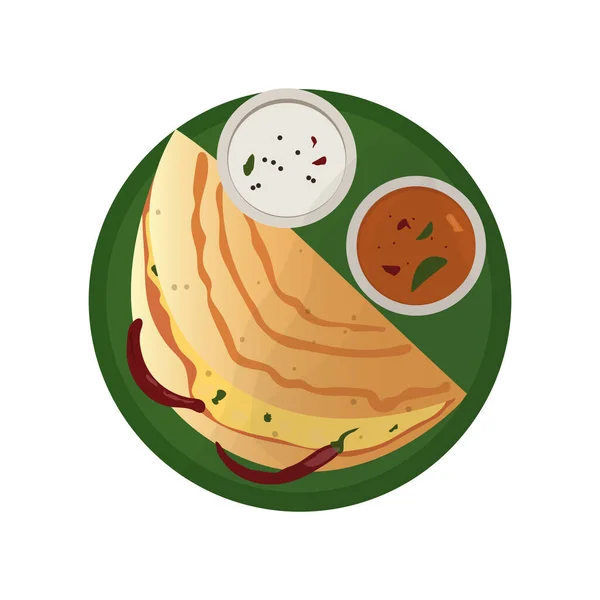The Real Cost Behind Genetically Modified Organisms
June 10, 2019
If you were to randomly ask any American if they solely buy organic food, the odds of them saying yes are quite low. After all, though some people try to buy organic or unmodified products when they can, they are often more expensive. As long as we’re buying healthy foods like vegetables and whole grains, it doesn’t matter whether or not they are slightly modified, right?
In reality, it is not that simple at all. Unless a product at the grocery store is labeled with an organic certification or clearly states that it contains no GMOs, the odds are that it is made from some sort of genetically modified organism.
Genetically modified organisms in food products have served as a revolutionary scientific advancement over the past 50 years, allowing companies to sell more food of much better quality and nutrition at a significantly lower price, and allowing the United States economy to boom.
It is hard to deny these great achievements, although we have to make ourselves aware of what really goes into the production of these products.
First of all, due to the fact that there are no regulations in place requiring food companies to label GMOs, the consumer has no way of knowing exactly what is in the product or how it was made. When creating a GMO, DNA can be taken from countless sources in order to obtain the best set of traits to help the organism grow.
In the early 2000’s, there were actually several reported instances of people breaking out with allergic reactions after eating vegetables containing DNA from shellfish. Some scientists have also linked genetically modified organisms to the e-coli outbreaks which have occurred in recent years.
The fact that we know so little about the products we put in our bodies should be concerning to people, yet we rarely ever give these issues any thought.
Apart from our own health, the known effects on the environment are far worse, yet somehow remain as the most overlooked.
First of all, large food industries are focused on finding the most efficient and cost effective methods of producing crops and managing pests, with little concern regarding the impact they will have on the environment.
Many large farms will use a number of toxic pesticides on their crops, but these can contaminate nearby water supplies and habitats, harming any nearby species, including beneficial insects. Other farms avoid this by altering the genetic makeup of the crops as seeds, eliminating the need for pesticides.
However, as these modified seeds become more widely used, a new threat is presented which could have even more detrimental long term effects than the last.
The natural form of some plant species could potentially lose important traits or cease to exist all together. How do we know that this plant was not a crucial element of an ecosystem? Although engineers can create all sorts of artificial traits, once a natural trait is gone, it is gone for good.
Quite possibly the most appalling aspect of this industry is found in the factories and livestock facilities. Not only are crops genetically modified, but the animals are too.
The average chicken sold in a grocery store has been modified to grow to double the size of a natural chicken but in half the time, leaving its organs and bones disproportional and resulting in a life of pain. Most of these genetically modified chickens can barely even walk on their own. They spend their short lives in a small, enclosed area with hundreds of other animals, without ever seeing the light of day.
In fact, several major food industries have some sort of regulation in place which requires farmers to keep their livestock in crowded, windowless and unsanitary pens such as these from the time they are born until they are sent to be slaughtered.
It would not be outrageous to assume that unless labeled otherwise, the meat you find at the grocery story has been through this process.
These industries are also quite infamous for hiring people who have immigrated to the US illegally and now have no choice but to work in these factories.
Though most European countries have bans on most GMOs, the US remains as one of the top consumers of these products. The most important thing for us to do now is raise awareness and educate people about what they are putting in their bodies.
Obviously, not everyone can afford to purchase foods containing no GMOs on a daily basis, and by no means do they have to completely give them up. However, it is important to learn more about where our food is coming from.
Whenever we are able, as consumers we have the ability to “vote with our wallets,” gradually increasing the demand for more environmentally friendly foods until they become the new norm.

















